Frank Y. Shih
Medical X-Ray Image Enhancement Using Global Contrast-Limited Adaptive Histogram Equalization
Nov 02, 2024
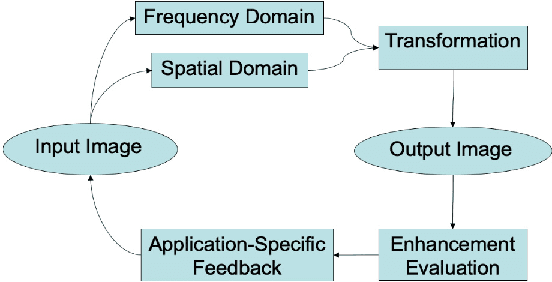
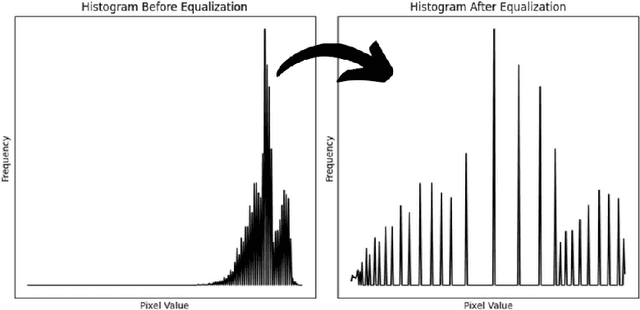
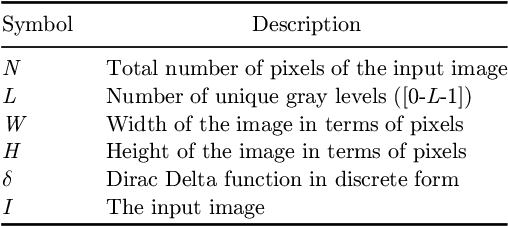
Abstract:In medical imaging, accurate diagnosis heavily relies on effective image enhancement techniques, particularly for X-ray images. Existing methods often suffer from various challenges such as sacrificing global image characteristics over local image characteristics or vice versa. In this paper, we present a novel approach, called G-CLAHE (Global-Contrast Limited Adaptive Histogram Equalization), which perfectly suits medical imaging with a focus on X-rays. This method adapts from Global Histogram Equalization (GHE) and Contrast Limited Adaptive Histogram Equalization (CLAHE) to take both advantages and avoid weakness to preserve local and global characteristics. Experimental results show that it can significantly improve current state-of-the-art algorithms to effectively address their limitations and enhance the contrast and quality of X-ray images for diagnostic accuracy.
An Automated and Robust Image Watermarking Scheme Based on Deep Neural Networks
Jul 05, 2020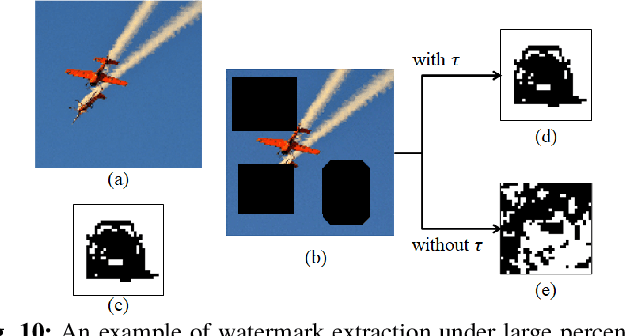
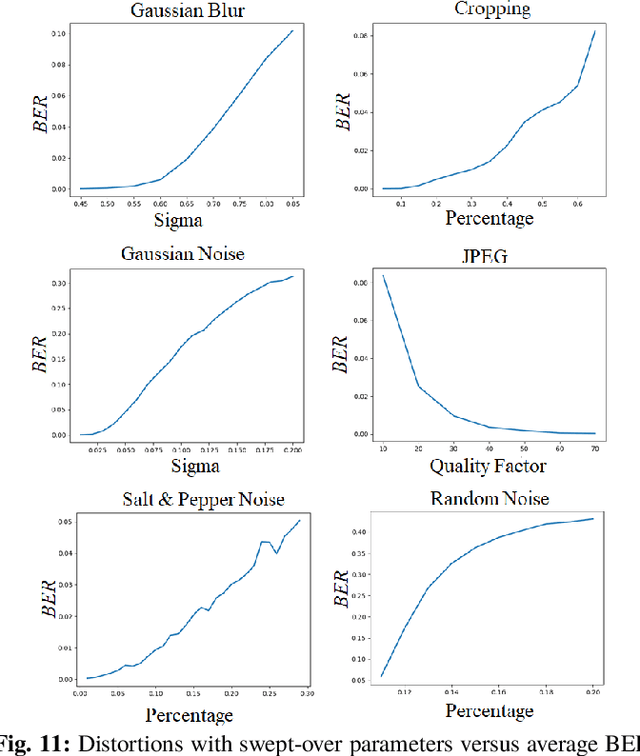
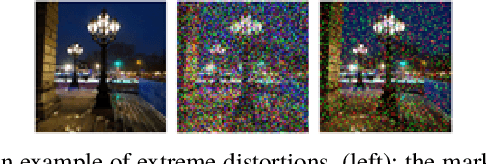
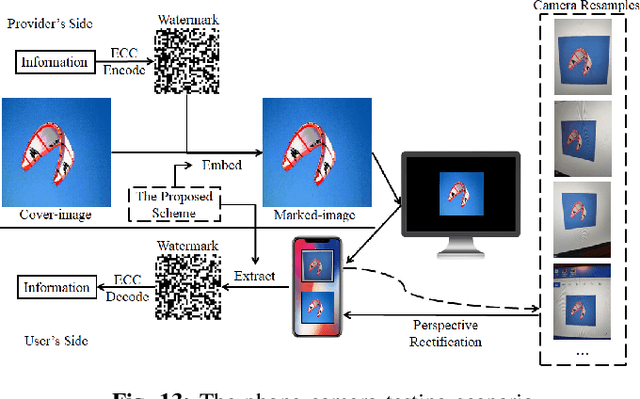
Abstract:Digital image watermarking is the process of embedding and extracting a watermark covertly on a cover-image. To dynamically adapt image watermarking algorithms, deep learning-based image watermarking schemes have attracted increased attention during recent years. However, existing deep learning-based watermarking methods neither fully apply the fitting ability to learn and automate the embedding and extracting algorithms, nor achieve the properties of robustness and blindness simultaneously. In this paper, a robust and blind image watermarking scheme based on deep learning neural networks is proposed. To minimize the requirement of domain knowledge, the fitting ability of deep neural networks is exploited to learn and generalize an automated image watermarking algorithm. A deep learning architecture is specially designed for image watermarking tasks, which will be trained in an unsupervised manner to avoid human intervention and annotation. To facilitate flexible applications, the robustness of the proposed scheme is achieved without requiring any prior knowledge or adversarial examples of possible attacks. A challenging case of watermark extraction from phone camera-captured images demonstrates the robustness and practicality of the proposal. The experiments, evaluation, and application cases confirm the superiority of the proposed scheme.
Automatic Image Pixel Clustering based on Mussels Wandering Optimiz
Sep 08, 2019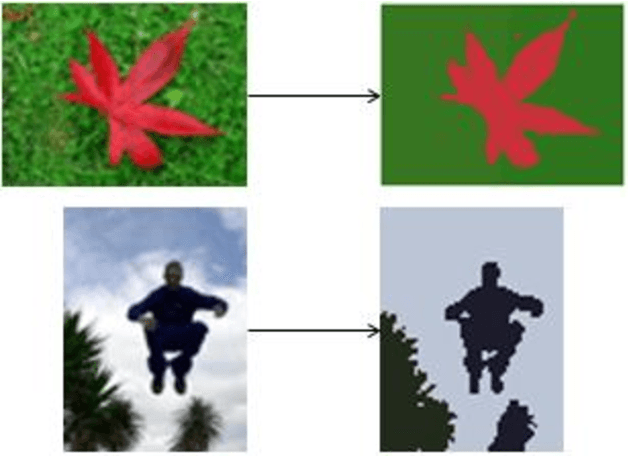
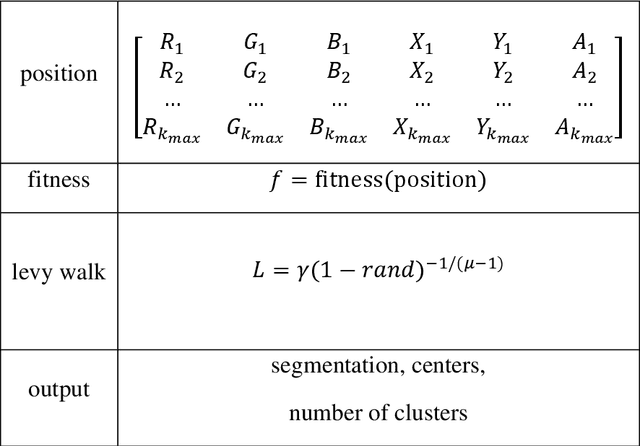
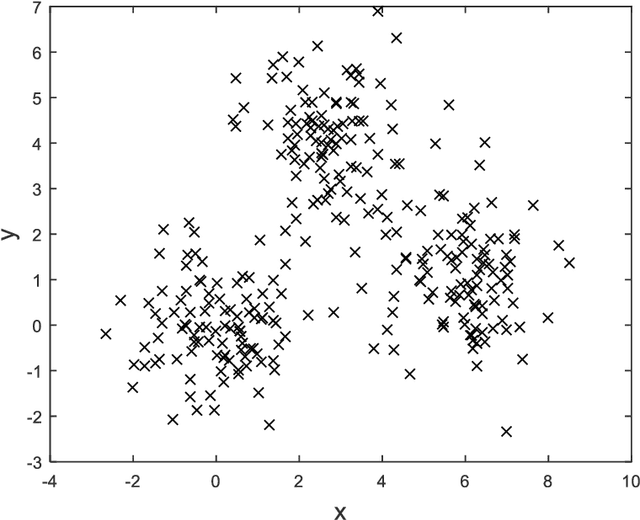

Abstract:Image segmentation as a clustering problem is to identify pixel groups on an image without any preliminary labels available. It remains a challenge in machine vision because of the variations in size and shape of image segments. Furthermore, determining the segment number in an image is NP-hard without prior knowledge of the image content. This paper presents an automatic color image pixel clustering scheme based on mussels wandering optimization. By applying an activation variable to determine the number of clusters along with the cluster centers optimization, an image is segmented with minimal prior knowledge and human intervention. By revising the within- and between-class sum of squares ratio for random natural image contents, we provide a novel fitness function for image pixel clustering tasks. Comprehensive empirical studies of the proposed scheme against other state-of-the-art competitors on synthetic data and the ASD dataset have demonstrated the promising performance of the proposed scheme.
Deep Morphological Neural Networks
Sep 04, 2019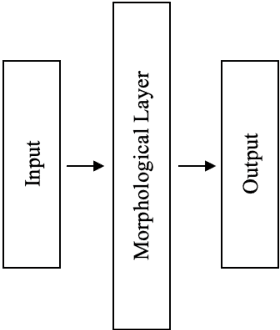
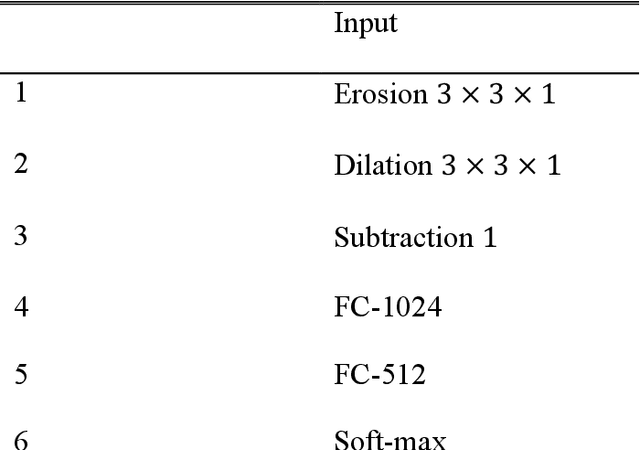
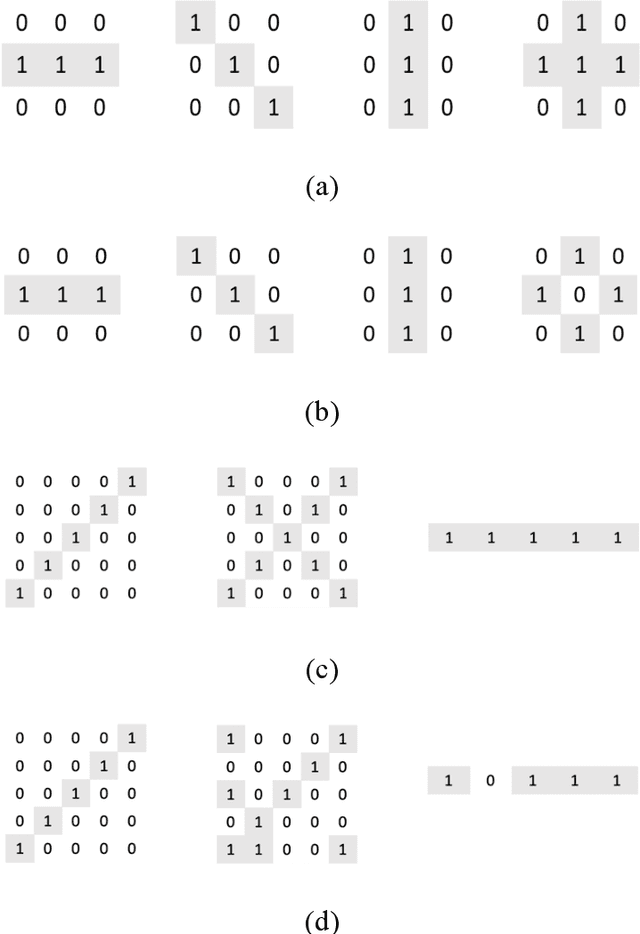
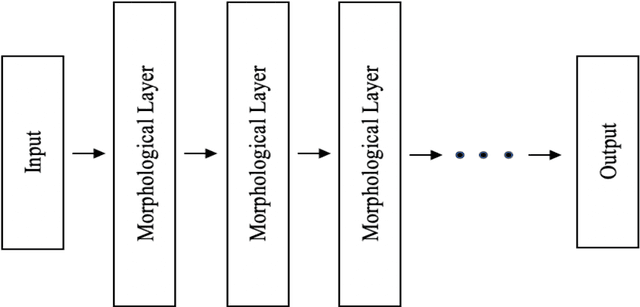
Abstract:Mathematical morphology is a theory and technique to collect features like geometric and topological structures in digital images. Given a target image, determining suitable morphological operations and structuring elements is a cumbersome and time-consuming task. In this paper, a morphological neural network is proposed to address this problem. Serving as a nonlinear feature extracting layer in deep learning frameworks, the efficiency of the proposed morphological layer is confirmed analytically and empirically. With a known target, a single-filter morphological layer learns the structuring element correctly, and an adaptive layer can automatically select appropriate morphological operations. For practical applications, the proposed morphological neural networks are tested on several classification datasets related to shape or geometric image features, and the experimental results have confirmed the high computational efficiency and high accuracy.
A Robust Image Watermarking System Based on Deep Neural Networks
Aug 29, 2019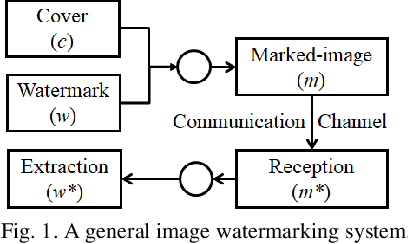
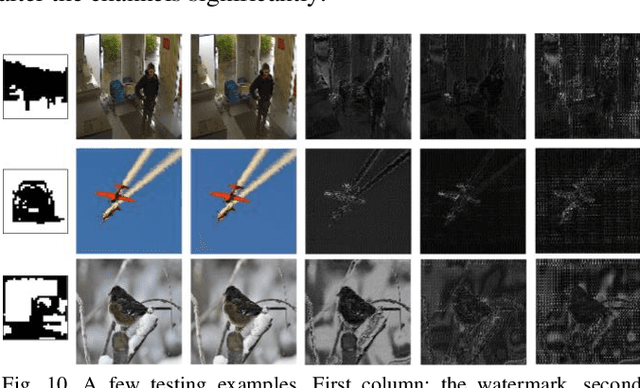
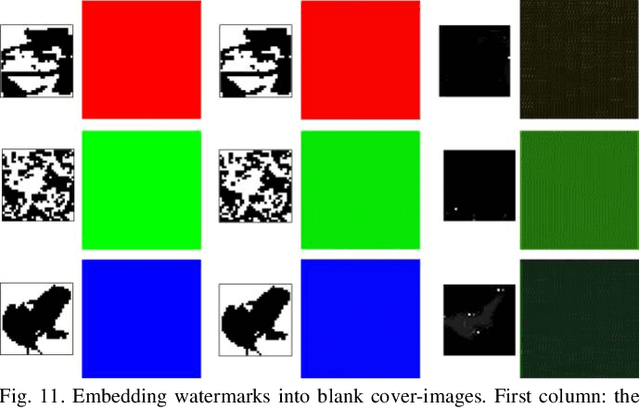
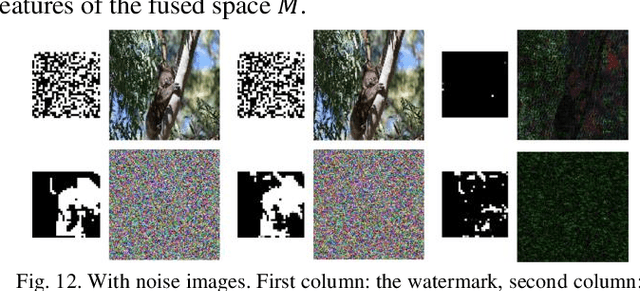
Abstract:Digital image watermarking is the process of embedding and extracting watermark covertly on a carrier image. Incorporating deep learning networks with image watermarking has attracted increasing attention during recent years. However, existing deep learning-based watermarking systems cannot achieve robustness, blindness, and automated embedding and extraction simultaneously. In this paper, a fully automated image watermarking system based on deep neural networks is proposed to generalize the image watermarking processes. An unsupervised deep learning structure and a novel loss computation are proposed to achieve high capacity and high robustness without any prior knowledge of possible attacks. Furthermore, a challenging application of watermark extraction from camera-captured images is provided to validate the practicality as well as the robustness of the proposed system. Experimental results show the superiority performance of the proposed system as comparing against several currently available techniques.
 Add to Chrome
Add to Chrome Add to Firefox
Add to Firefox Add to Edge
Add to Edge